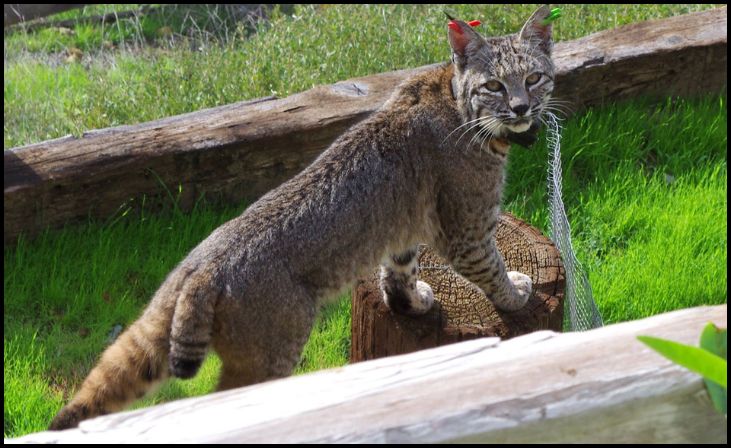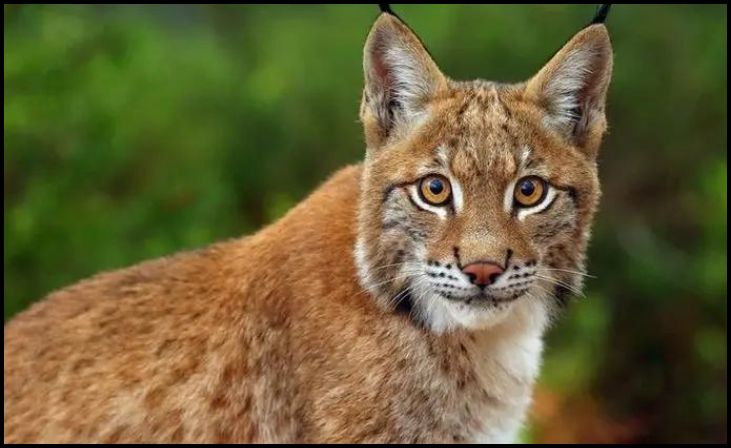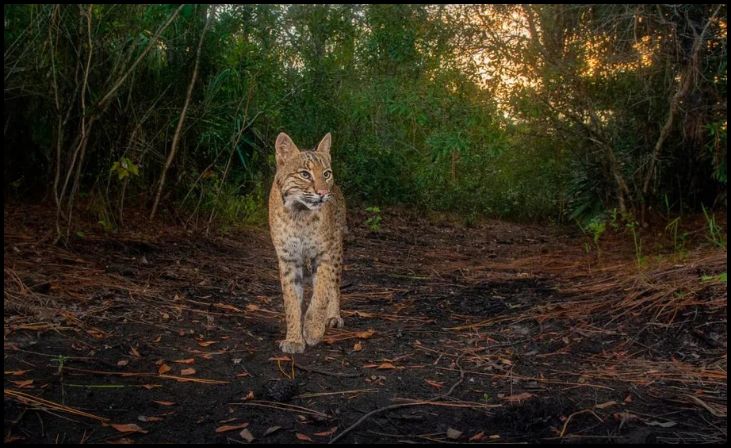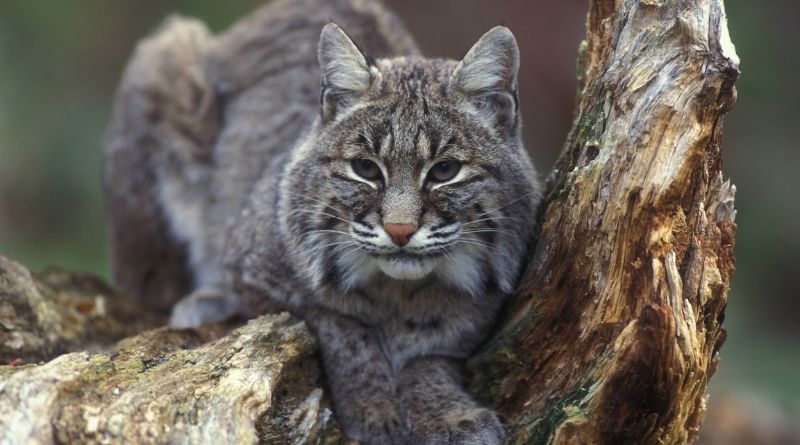Bobcats are among the most elusive and intriguing wildlife species in the United States. Known for their distinctive markings and stealthy nature, these medium-sized felines can be spotted in various regions across the country. Whether you’re a wildlife enthusiast, a photographer, or simply curious about where to see these magnificent creatures, this guide will help you identify the top places in the U.S. where bobcats are most likely to be found.
California

California boasts an estimated bobcat population of 70,000 to 100,000, making it one of the prime states for bobcat encounters. These felines are often found in state and national parks such as Point Lobos and Pinnacles National Park. The diverse habitats in these parks, ranging from dense forests to rugged terrains, provide ideal environments for bobcats. Visitors to these parks might catch a glimpse of a bobcat stealthily moving through the underbrush, particularly during dawn or dusk when they are most active.
Texas
With as many as 200,000 bobcats, Texas is a bobcat haven, especially in the brush country of south Texas. This region is a hotspot, with one bobcat per less than one square mile, making encounters more likely. Bobcats in Texas thrive in a variety of habitats, from the dense brushlands to the open prairies. Wildlife enthusiasts exploring areas like the Rio Grande Valley or the Hill Country have a good chance of spotting these elusive creatures. Keep an eye out during early morning or late evening hours, when bobcats are most active.
North Carolina

Home to over 125,000 bobcats, North Carolina offers plenty of opportunities to encounter these animals. They prefer wooded areas in the Coastal Plain region and the mountains. The Great Smoky Mountains National Park and the Pisgah National Forest are notable spots where bobcat sightings are relatively common. In these densely forested areas, bobcats find ample cover and prey, making it a perfect habitat. Hikers and campers should remain vigilant and quiet to increase their chances of spotting a bobcat.
Colorado
Colorado may have fewer bobcats compared to other states, but encounters are becoming more common due to habitat loss. Bobcats in Colorado typically dwell in juniper woodlands and may venture into urban areas near forests. The foothills of the Rocky Mountains and regions around Boulder and Colorado Springs are places where bobcat sightings have increased. As development encroaches on their natural habitats, bobcats are adapting and sometimes are seen in suburban backyards, especially in areas close to open spaces.
Georgia

In Georgia, mixed forests and agricultural areas are common spots to spot bobcats. The state’s bobcat population is thriving, and they are frequently seen in the less populated, rural regions. The Okefenokee National Wildlife Refuge and the Chattahoochee National Forest are prime locations for bobcat sightings. While bobcats in Georgia rarely pose a threat to humans, it’s always best to observe them from a distance. Their stealthy nature and excellent camouflage make them a thrilling sight for those fortunate enough to see them.
Oregon
Bobcats are prevalent in Oregon, though encounters remain rare due to their secretive behavior. Most bobcats in Oregon are found in the western part of the state, where dense forests and varied terrain provide ideal conditions. Places like the Cascade Range and the Siskiyou National Forest are known habitats. Bobcats are most active during dusk and dawn, making these times the best for a potential sighting. Their elusive nature means that spotting one is often a matter of patience and luck.
Arizona
Arizona’s diverse landscapes, from deserts to forests, provide varied habitats for bobcats. They are often seen in the Sonoran Desert and the outskirts of urban areas like Phoenix and Tucson. The Saguaro National Park and the Coronado National Forest are excellent places to look for bobcats. In these areas, bobcats have adapted well to the arid conditions and can sometimes be spotted near water sources. Their adaptability to different environments makes Arizona a unique place to observe bobcats in their natural habitats.
Florida
Despite a decreasing population, around 300,000 bobcats inhabit Florida. The state’s bobcats are primarily found in areas like the Big Cypress National Preserve, where the wetland ecosystems provide rich hunting grounds. Florida’s bobcats are adept climbers and swimmers, making them well-suited to the varied landscapes of the state. Visitors to Florida’s natural parks and preserves might spot a bobcat prowling through the underbrush or basking in the sun on a tree limb.
South Carolina
South Carolina is home to approximately 90,000 bobcats, with the lower Coastal Plain region boasting the highest population. Francis Marion National Forest and the Savannah River Site are notable areas where bobcat sightings are relatively common. The state’s mixed hardwood forests and swamps provide excellent cover and abundant prey for bobcats. Those exploring these regions should move quietly and keep their eyes peeled, especially during the early morning or late evening when bobcats are most likely to be on the move.




